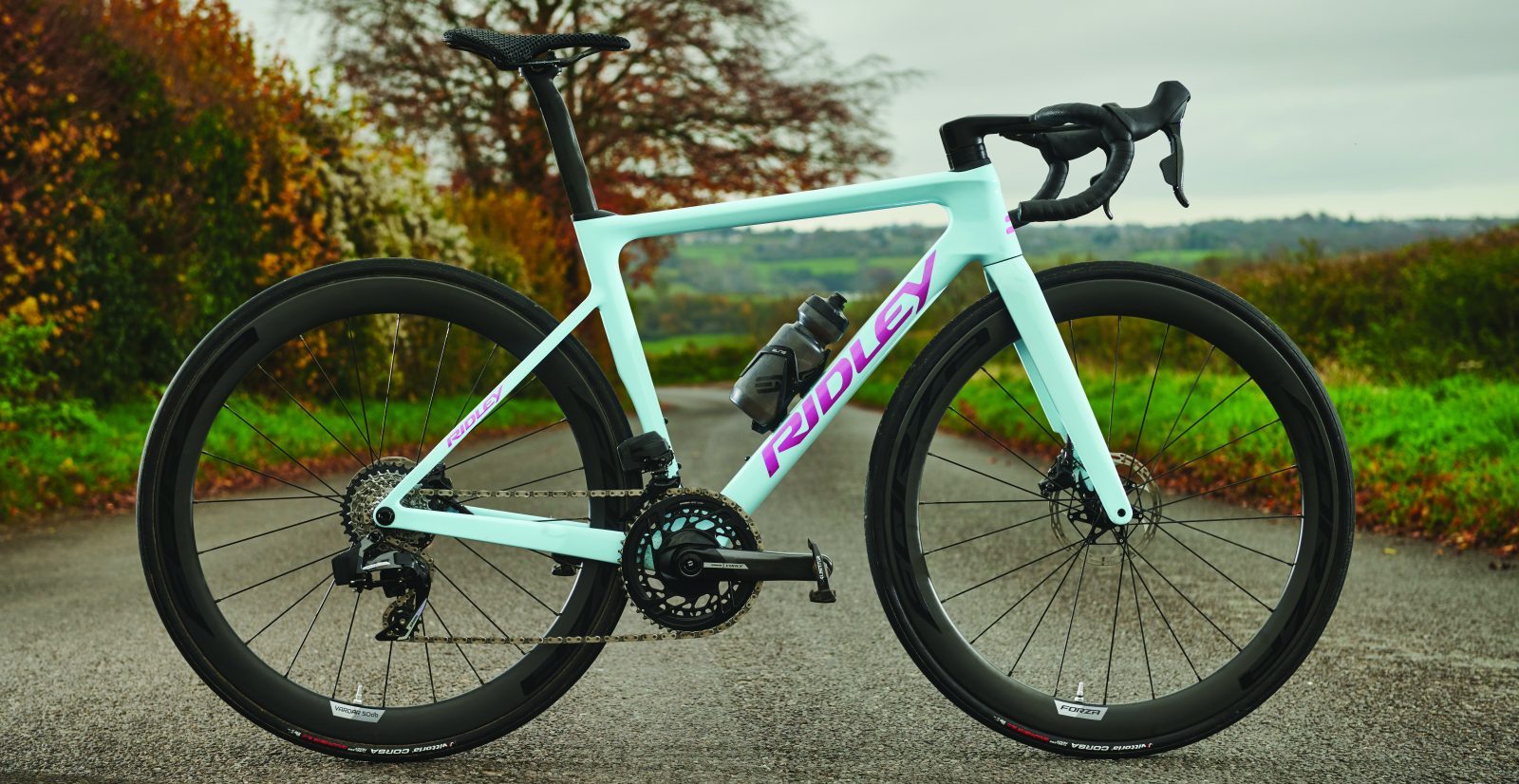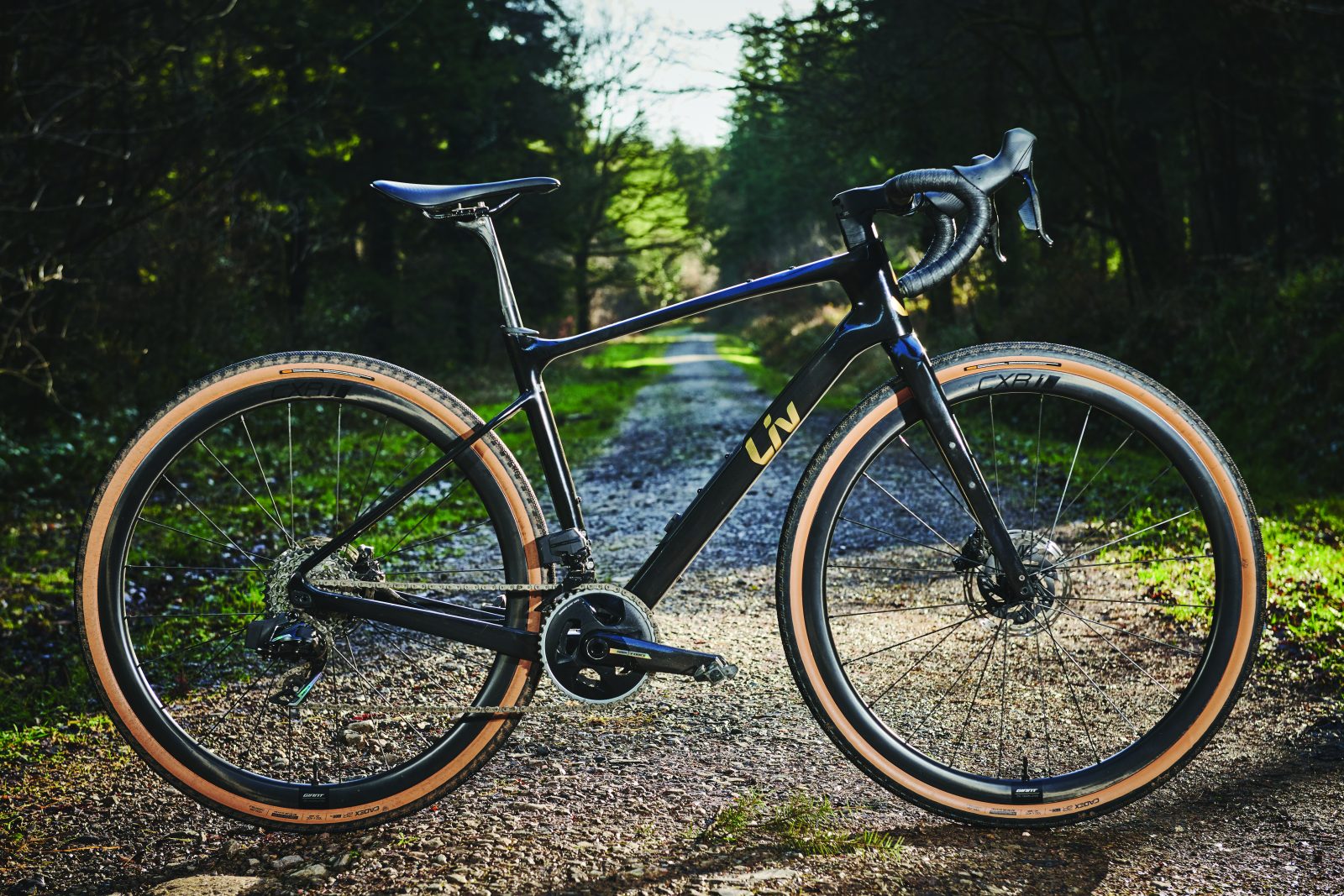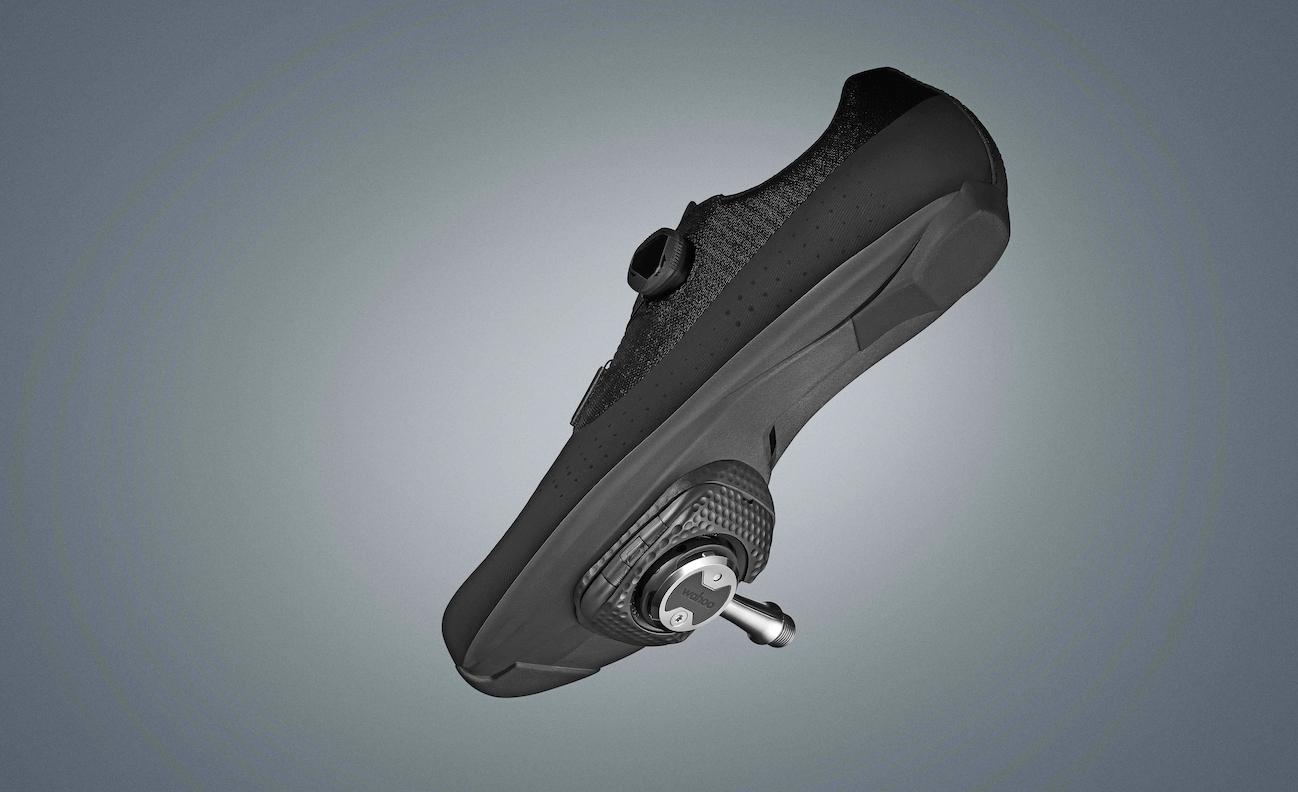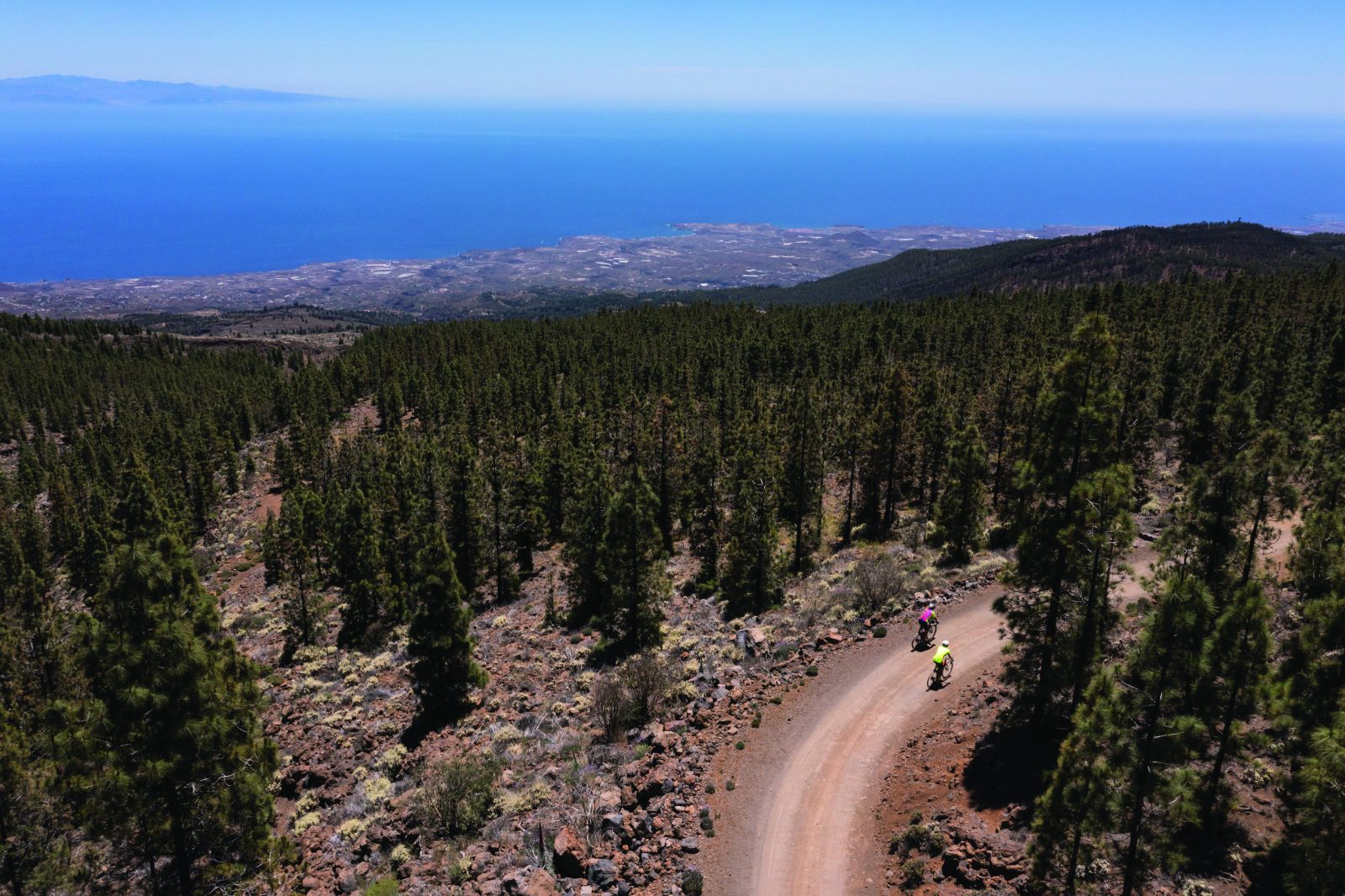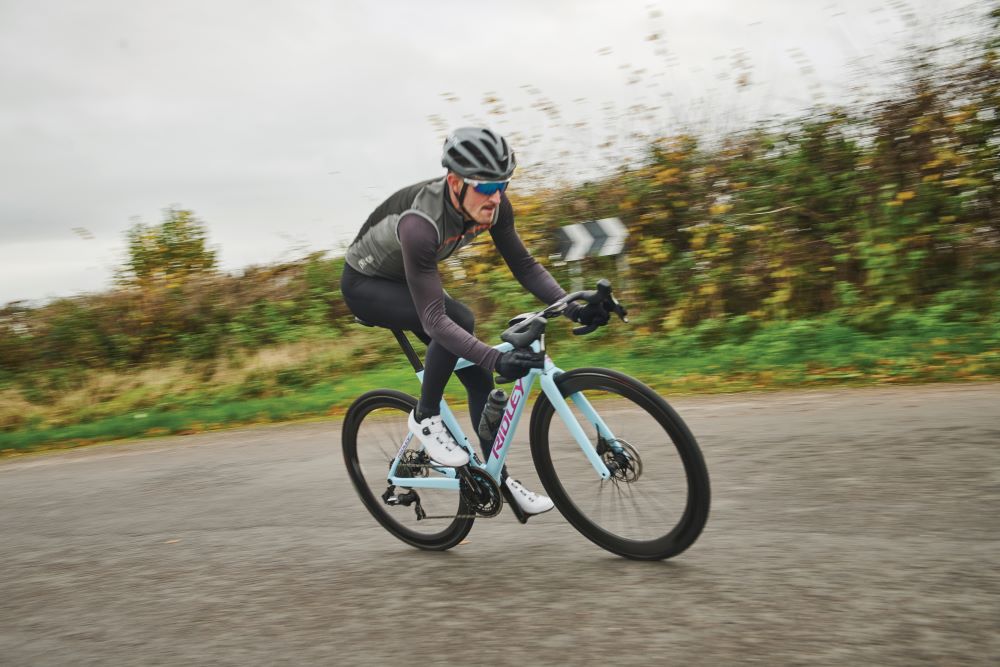
Words ROB BOREK
The Ridley Falcn RS sits in the gap between the Belgian brand’s aero Noah Fast and superlight Helium SLX models.
The idea, says Ridley, is that riders now don’t have to choose between an aero bike or a climbing bike, and can instead have a versatile race machine.
Imagine that: one road bike in your stable! It’s a trend we’re seeing more of across the industry of late.
Ridley says the Falcn RS is a mere 110g heavier than the Helium SLX, despite providing ‘similar’ aerodynamic performance to the Noah Fast, with the aero bike only measurably faster above 50kmh.
As a result, the manufacturer claims the Falcn RS is the most aero sub-850g frame on the market.
This balance of weight and aerodynamics has been achieved by prioritising aero features at the front while making weight-oriented concessions elsewhere, including using a selection of premium Toray carbon fibre types in its layup and a press-fit BB86 bottom bracket.
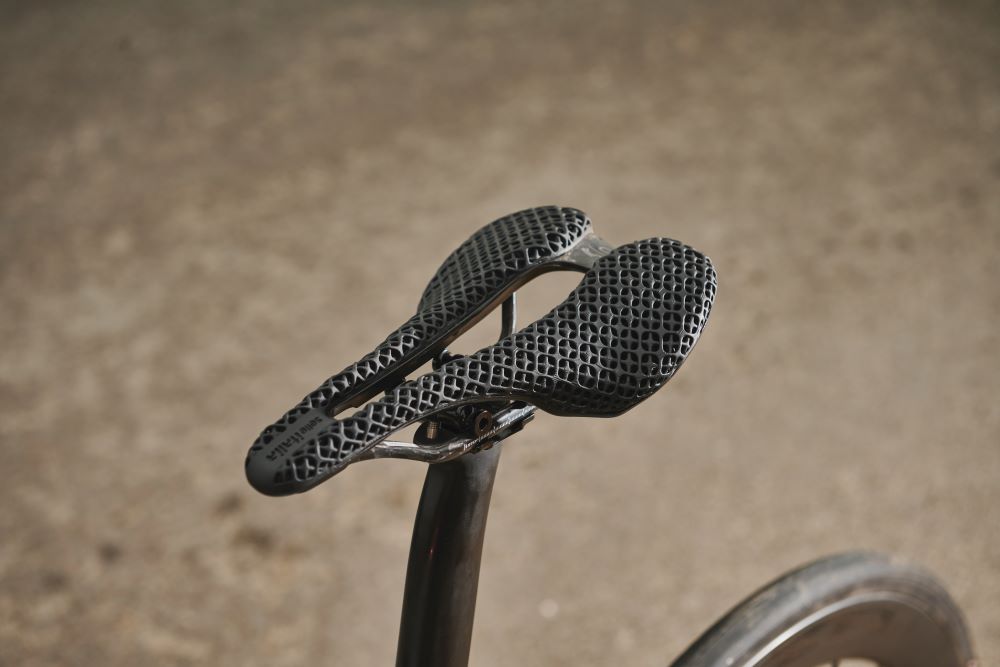
Ridley believes this standard offers the best compromise between stiffness and light weight, as the shell can be formed as part of the frame with no extra metal inserts required.
A deepened head tube combined with what Ridley calls a ‘fork crown diffuser’ aims to intentionally induce turbulence before the airflow hits the down tube.
The result is claimed to create 10% less drag than a traditional fork crown at 50kmh. A convenient side effect of this widened, scooped out fork crown and wide bottom bracket is the bike can provide clearance for up to 34mm tyres, something that only a handful of competitors can match.
Ridley says the bike has been optimised around 28mm tyres, but the option to go wider is there, and it’s good to see the days of designing aerodynamic performance around impractically narrow tyres seem to be over.
While I wouldn’t suggest taking the Falcn RS on a full-blown gravel ride, the ability to fit 34mm rubber does allow for some flexibility and comfort when route planning if it happens to take in the odd dirt road, badly surfaced lane or, in apt tribute to Ridley’s Belgian heritage, a cobbled sector.
The Falcn RS will probably be the platform of choice for Ridley’s sponsored pros come the European spring. And in a welcome nod to futureproofing, Ridley has equipped the Falcn RS with a Sram UDH derailleur hanger too, meaning that in the event of a severe mechanical, a replacement hanger should be available in most good bike shops anywhere in the world.
With Sram having gone ‘hangerless’ on its latest T-Type mountain bike derailleurs, it wouldn’t come as a huge surprise to see something similar hit the road market in future, in which case the Falcn has things in hand.
Tucked and tidy
Supporting the aerodynamics of the frame, the Falcn RS uses a fully integrated cockpit, with brake hoses routed through the stem and upper headset bearing via Ridley’s D-shaped steerer tube (somewhat misleadingly named an ‘F-steerer’) to achieve the cleanest lines possible.

Home mechanics may wince at the thought of replacing brake hoses or headset bearings, and it’s worth being aware that professional workshops are likely to charge a premium for this kind of service, but it shouldn’t be a regular requirement.
Ridley uses premium headset bearings from Deda and has designed the frame to shield the bearing from external influences, which is good to see.
Brands may claim that integrated cockpits offer aerodynamic improvement, but they are often criticised for not allowing much adjustability.
Unfortunately, the Falcn RS falls short here. Dimensions can be custom-specced as part of Ridley’s build configurator, but there are only four stem length/bar width options.
This mean riders may have to compromise on their ideal fit, and it’s a similar case with the seatpost, which comes in just one setback option.
More options are said to be coming, but we don’t know what or when.
On your marks
Ridley has settled on new geometry that’s lower and more aggressive than the Noah Fast and Helium SLX models, with a smaller head tube.
This will be music to the ears of the stem-slamming, racing crowd at which this bike is aimed, but may limit appeal to a wider audience.
There isn’t much scope to adapt the bike for those riders who may want to ride a racer’s bike without a racer’s fit.
That said, as a cyclist who has been known to pin on a number once or twice, the Falcn RS was quick to put a smile on my face, giving the perception of rapid and effortless acceleration on steeper climbs, while carrying speed well on the flat.
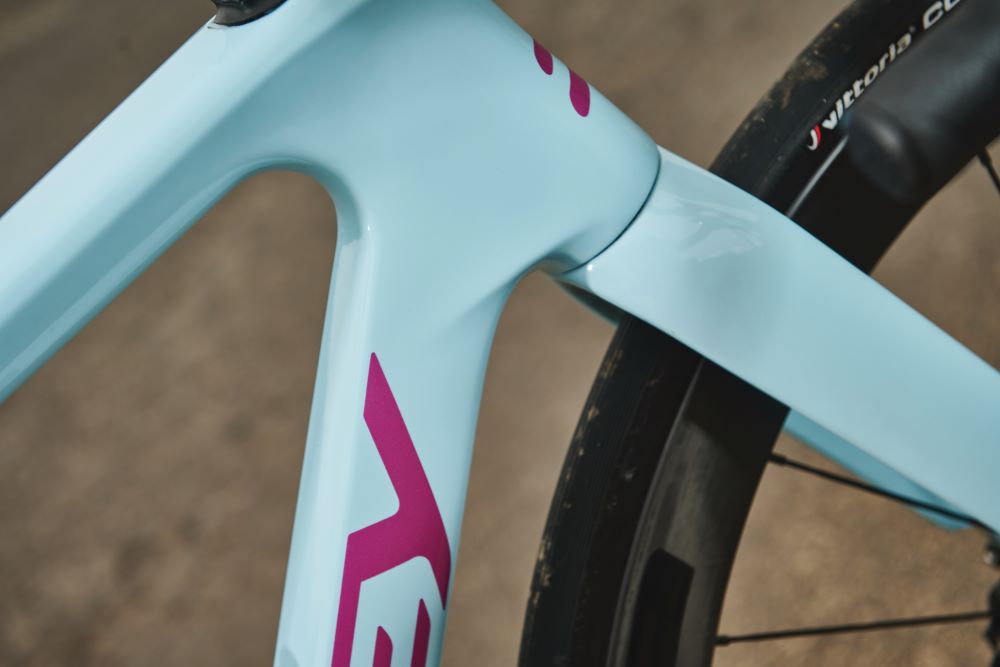
It comfortably ticked the boxes expected of an all-round race bike, not feeling heavy or sluggish on the climbs thanks to its light weight and the solid pedalling platform its wide bottom bracket junction helps create.
Despite feeling fast, in windy conditions it handled confidently, not feeling as ‘sail-like’ as some fully aero-focused road frames can.
Where comfort is concerned the Falcn RS feels very stiff. Despite its relatively slim and weight-conscious back end, it’s not a smooth ride, but this doesn’t come as a surprise when considering the racing intentions of the frame.
For those who want to soften the blow, there’s always the option to switch to a higher-volume tyre, so I don’t think the Falcn’s performance in this area stands against it.
On the contrary: the bike’s all-round rigidity gives the perception of snappy acceleration. Despite none of the builds being the most keenly priced, Ridley has produced a well thought-out race bike.
The stiff ride and aggressive position make the Falcn more distilled or less versatile, depending on the rider’s perspective, but what’s not up for debate is that its performance stands out among competitors because of that focused design.
The Spec
Model Ridley Falcn RS
Price $14,671 (approx., converted)
Weight 7.7kg (small)
Groupset Sram Force AXS
Wheels Forza Vardar 50
Finishing kit ForzaIntegrated SLX cockpit, Forza Falcn seatpost, Selle Italia SLR 3D saddle, Vittoria Corsa Pro TLR 28mm tyres
Contact ridley-bikes.com
Highlights
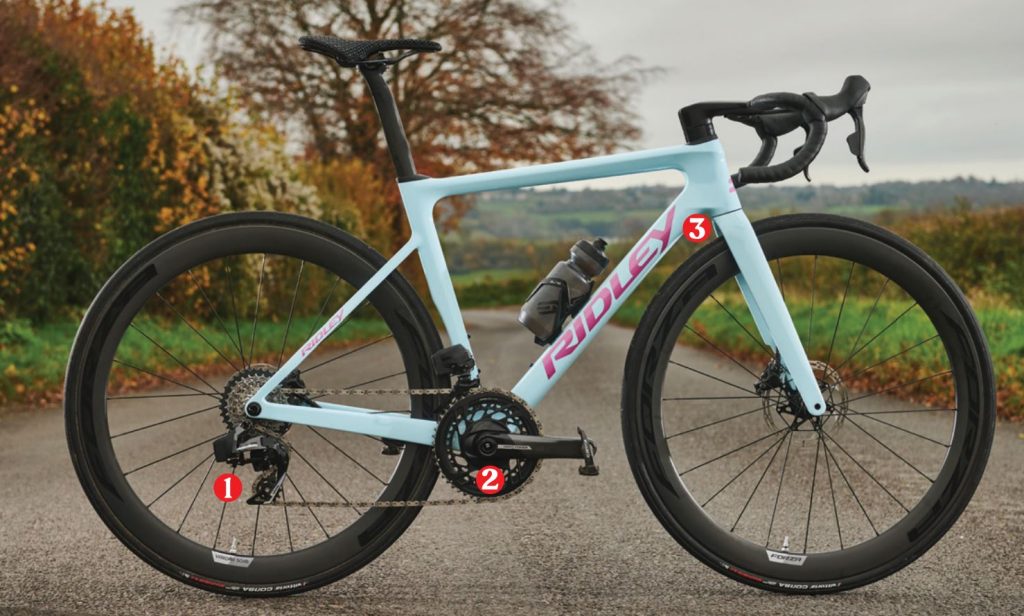
- Sram’s universal derailleur hanger will ensure the owner of this bike can readily replace the part in case of mishap
- Bucking recent trends in search of weight savings, the Falcn RS uses a
- BB86 bottom bracket The ‘fork crown diffuser’ draws air instead of it hitting the down tube, improving the bike’s aero performance
